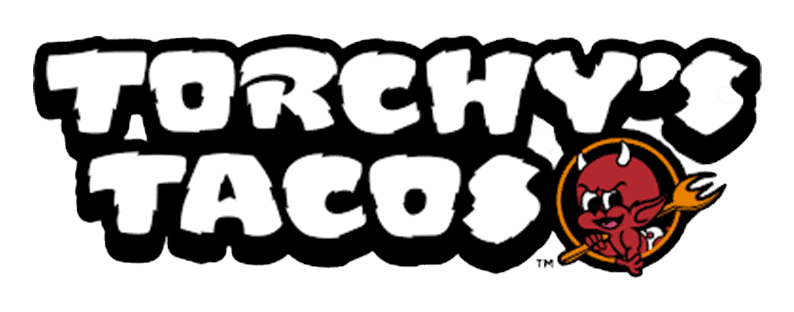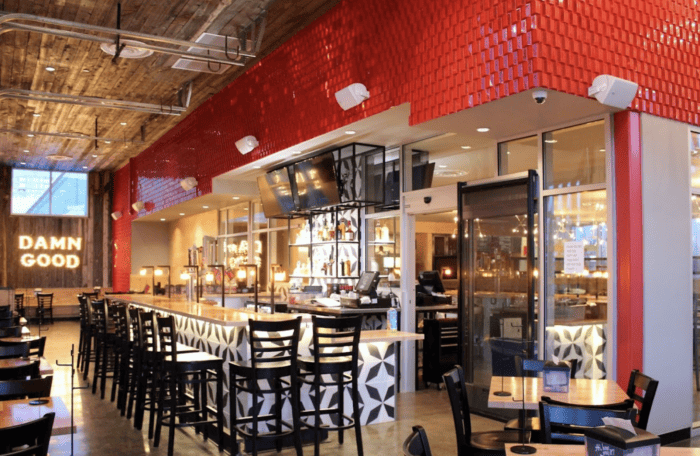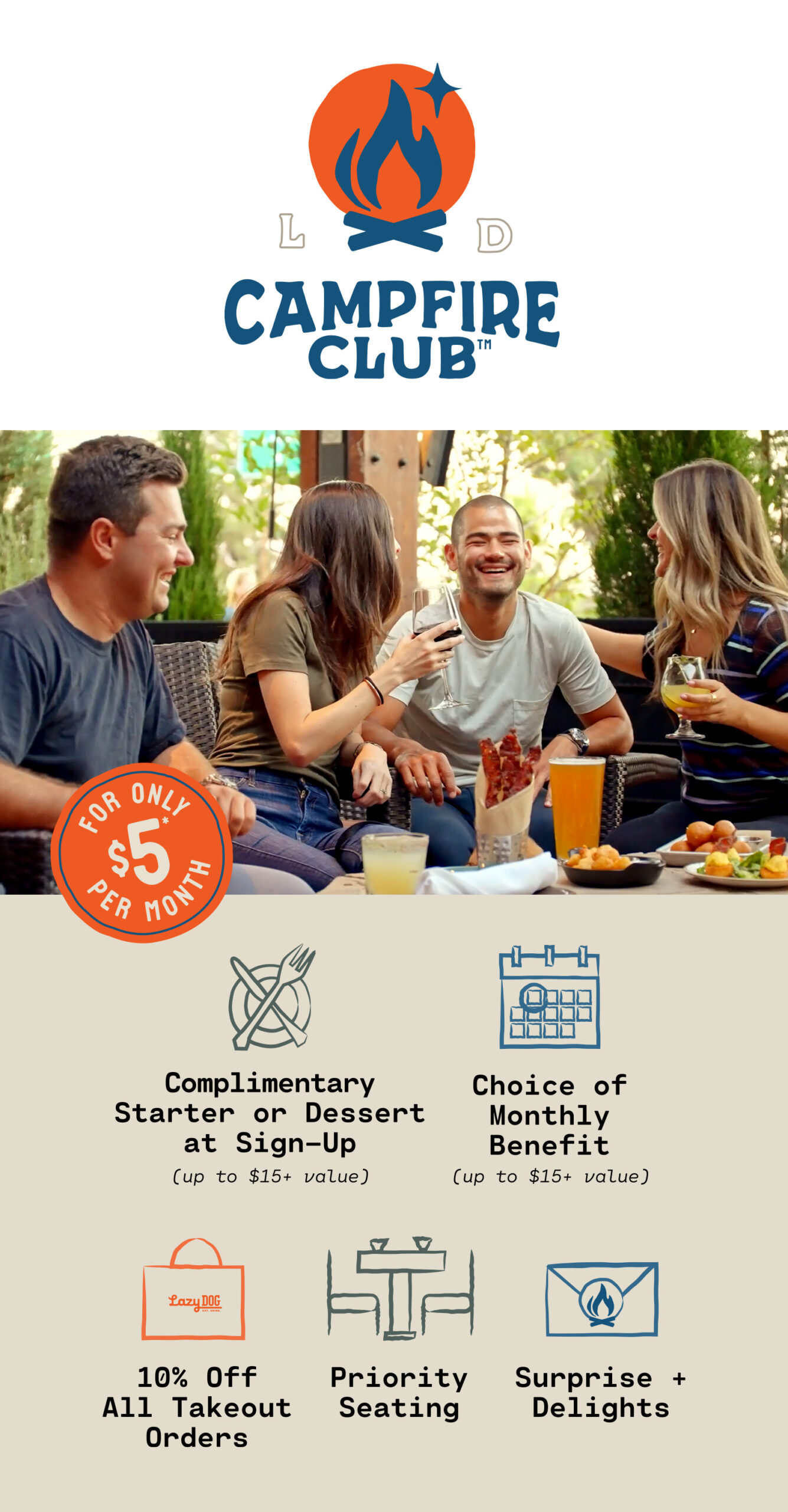
First impressions matter, especially in the world of food! You might be serving up the tastiest dishes in town, but if your branding is bland, people will walk right past you.
Good branding is what keeps customers coming back for seconds. It’s not enough to slap on a slick logo or a catchy tagline and call it a day. You have to create an impression so strong that people want to join you on your culinary journey. Your restaurant’s personality should shine in everything you do, both in-house and online.
In this article, we’re giving you some brand building inspiration with real-world examples from the country’s most popular and innovative restaurants. But before we get into that, let’s cover some branding basics…
The Essence of a Strong Brand
Your brand shapes how customers see your restaurant. In the world of branding, restaurants are unique because your customers aren’t just seeing or hearing your brand – restaurants need to communicate their identity using all four senses, working together to sell your cuisine, story, and quality. Skip the branding and you’re yesterday’s leftovers.
There are tons of reasons to invest in a strong brand. Here are just a few:
- Build trust and credibility. Customers will trust you like an old friend. They’ll know exactly what kind of food and service to expect every time they visit.
- Create a lasting impression. Your brand will stick in their minds, making them more likely to come back.
- Stand out from the crowd. You’ll be the restaurant everyone talks about, offering an experience that’s a cut above the rest.
- Evoke emotions. A memorable brand creates emotional connections. Guests will cherish every moment they spend dining at your restaurant.
- Create consistency. Whether they’re ordering through your mobile app or dining in, customers will always get the same top-notch experience.
Principles of Restaurant Branding
Defining Your Mission and Vision
Think of your restaurant’s mission and vision as your brand’s North Star. They communicate what you stand for, why you exist, and the values that make you unique.
Your mission statement should capture the essence of your restaurant: why you opened your doors, what goals you’re chasing, and the heart behind it all. These ideas will shape everything about your brand.
Here are some key questions you’ll need to answer in order to write a great mission statement:
- Why did we decide to open this restaurant in the first place? What’s our purpose?
- What value do we offer our customers and employees?
- Why should people want to work here?
- What makes our restaurant unique?
- What legacy do we want to leave?
Answer these questions, and you’re well on your way to a great mission statement. Keep it clear and relatable, don’t use jargon. If people can easily understand how you’re adding value to their lives, you’ve nailed it.
Mission statements are usually 1-3 sentences and should stay under 100 words. Some of the best are just one sentence long, so try going for short and sweet.
Check out these examples:
“With every cup, with every conversation, with every community—we nurture the limitless possibilities of human connection.”
“To serve great food in a casual, relaxed environment by friendly and knowledgeable people at a fair price.”
Notice how Bluewater Grill uses third person and speaks directly to customers and employees. It’s not about you, it’s about what you do for others.

“Building healthier communities by connecting people to real food.”
Union Square Hospitality Group
“We exist to enrich lives through the power of Enlightened Hospitality and by taking care of each other first, we shape the way we do business. We commit our time and our hearts into championing our colleagues, guests, community, suppliers, and investors. In doing so, we create the best type of virtuous cycle — one in which those very stakeholders, in turn, support our vision and root for our success. Over time, we’ve taken great care to hone this practice and pride ourselves on building a rhythm in which everyone benefits and plays a key role.”
While mission statements are typically short and sweet, some restaurant concepts or restaurant groups just can’t be summed up in a sentence or two, so you don’t always have to play it by the book. Case in point: Danny Meyer’s Union Square Hospitality Group.
Defining a Unique Selling Proposition (USP)
Your restaurant probably isn’t the only game in town. There are other restaurants serving up the same menu items as you and trying to create a similar atmosphere.
So we’re gonna let you in on a little secret: Unique Selling Proposition (USP). Your USP is what makes you unique. What makes you stand out from the crowd.
Here are some quick examples:
House of Prime Rib: “The House of Prime Rib serves well-marbled Prime Rib in the English Tradition. Our Prime Rib is carved at your table, to your specifications, from our unique stainless steel carts. We serve only the best beef available, the top 2% of all beef marketed.”
San Francisco’s famed House of Prime Rib has a USP, that, like the restaurant itself, is straightforward and to the point. It doesn’t leave much to the imagination — after reading their USP, guests know exactly what to expect when they come to the HOPR.
In-N-Out Burger: “Quality You Can Taste”
In-N-Out is all about the freshest, never-frozen ingredients. Their burgers, fries, and shakes are so good that they’ve become a fast-food legend. Simple, fresh, and delicious.
Super Duper Burgers: “Fast food burgers. Slow food values.”
From this simple tagline, it’s clear what Super Duper delivers — the food and atmosphere you expect from a fast food joint with the quality and care for the ingredients and craft you’d find at a gourmet full service restaurant.
Consistency as a Cornerstone of Effective Branding
From your logo design to how your staff greets customers, keeping things consistent is crucial. Build a strong image for your restaurant and stick to it. No random changes to colors or tones without a good reason.
Always go back to your brand book when launching email campaigns or posting on social media to keep everything aligned. This consistency, whether it’s on your website, social media, or in-house, builds trust and reinforces your restaurant’s identity, making your brand unforgettable.
Visual Elements in Branding
Successful restaurant branding is an art. Every little detail—from your menu design and packaging to your digital presence—paints a picture in your customers’ minds.
First impressions matter, so make those visuals count. Your logo and colors are often the first things people notice. With the touch of an exceptional graphic designer, your logo will tell the right story.
About 42% of people say a logo tells them about the brand’s personality, 40% think it hints at the type of products offered, and 39% believe it signals quality (VistaPrint).
Take Torchy’s Tacos, for example. They started in 2008 in Austin and quickly made a name for themselves with their devilish baby logo and the cheeky tagline “Damn Good.” Their bold branding, eco-friendly practices, and commitment to using responsibly sourced ingredients have made them a hit. Their visual elements, everything from custom print materials and packaging to their eye-catching website and social media, are always on point and uniquely Torchy’s.
Storytelling in Branding
Storytelling is a powerful marketing strategy savvy restaurant owners use because it connects with customers on a deeper level. The reason is simple: people love a good story, especially if it tugs on their heartstrings.
Whether it’s the history of your dishes, the chef’s journey, or what sparked your restaurant idea, use these stories to connect with your customers on a personal level.
Stories set you apart. They show what makes your restaurant special and why people should choose you over the rest. Remember, your restaurant is more than just a spot to grab a bite; it’s an experience, and your story is the key to making customers feel a part of it.
Innovations in Branding
It’s important for any brand to stay in the loop with the latest trends in branding to keep things fresh. If it feels in line with your mission and values, experiment with new ideas and think beyond what your typical restaurant might do. Take some inspiration from the examples here:
Collaborations
Team up with chefs, celebs, influencers, or other brands that share your values to increase awareness and reach. These awesome collaborations below have pushed the boundaries of restaurant marketing.
Monty’s Good Burger frequently partners with celebs like Travis Barker, Vince Staples, and Elton John, raising money for animal rights through special items like dairy-free shakes and limited-edition merch.
Panda Express joined forces with Anti Social Social Club, bringing a unique limited-edition collection featuring their famous Orange Chicken dish. Because nothing says fashion like your favorite takeout.
Taco Bell and lifestyle brand Wildfang recently collaborated on a limited-edition coverall featuring 20 pockets inspired by Taco Bell menu items. Perfect for when you need to carry your hot sauce, as one does. The coveralls were initially available for early access to rewards members via the Taco Bell app and for general purchase on Wildfang’s website, but have since sold out.
Loyalty Programs
To make your customers fall head over heels for your brand, roll out a loyalty or subscription program that screams YOU.
Create a loyalty or subscription program that genuinely reflects your brand. Don’t just hand out free items, instead, design a program that embodies your brand’s identity and values. Give your customers an experience they’ll remember and love.
See How These Brands Nailed It:
Lazy Dog Restaurant and Bar hit the jackpot with their loyalty program, the Lazy Dog Beer Club and their newly launched Campfire Club. They’ve ditched the typical points system and gone all out with paid memberships that deliver a ton of value for their most loyal customers.
Beer Club members get a quarterly themed package of eight craft beers, a pint glass, monthly in-store beer samplers, $39 of dine-in credit, 10% off online orders and to-go beer, priority seating, and early access to rare beer releases. For Lazy Dog fans who may not be as into craft beer, the Campfire Club is a $5/month membership program that offers a free item upon signup, a choice of a monthly benefit ($15+ in value), 10% off all takeout orders, priority seating, and other “surprise and delight” freebies.
El Lopo, a Spanish-inspired wine bar, designed a loyalty program that pampers their regulars. The Take-Care-of-Me Club is a monthly subscription for those who crave that VIP treatment.
Members pay into a house account and get treated like royalty with dishes tailored to their tastes. No menus or bills to fuss over. They get to enjoy exclusive events, unlimited by-the-glass options, gifting powers, and discounted event admissions.
Ultimately, a successful loyalty program should:
- Reflect your brand. Make sure your program aligns perfectly with your brand’s core values.
- Offer emotional and experiential perks. Go beyond freebies.
- Build a community. Make your customers feel like they’re part of an exclusive club.
Sustainability and Purpose-Driven Branding
So far, we’ve focused on how to make your brand the talk of the town, but let’s take it a step further. Why not make your brand the talk of the town while saving the planet? Connect with your customers on a deeper level by:
- Ditching plastic and opting for sustainable food packaging to reduce environmental impact. Most millennial diners are willing to pay more for products from sustainable or socially conscious brands (Wifi Talents). They’ll love your restaurant even more for it.
- Minimizing food waste.
- Weaving your restaurant’s purpose and values into everything, from brand assets and operations to marketing materials — create a brand with a purpose.
- Supporting local vendors for your ingredients. It’s like a farm-to-table love story that cuts your carbon footprint and boosts the local economy. Win-win.
Minimalist & Retro Brand Designs
Another trend that’s been having a moment in the restaurant industry is minimalist branding and design, where simplicity speaks volumes and all unnecessary elements are stripped away – think clean lines and monochromatic colors.
See how creative agency LMNOP nailed it with their sophisticated minimalist brand design for Sunday in Brooklyn.
Another great example is Omela Restaurant, incorporating thoughtful details into their minimalist design.
Or maybe, bring in some retro vibes to your restaurant branding for a nostalgic feel. It’ll make customers feel right at home and visit more often. Plus, it sets your place apart in today’s modern scene. Check out spots like Little Goat Diner and Pann’s for some cool inspiration.
Crafting a Unique Customer Experience
The secret sauce for a strong restaurant brand? Turn your team into brand ambassadors! Your staff interacts with customers daily, making them perfect for marketing your restaurant:
- Customers trust recommendations from familiar faces, so a server’s endorsement packs more punch than a traditional ad.
- Servers know the menu inside out and can dish out valuable insights and fun anecdotes.
- They naturally connect with customers, making for genuine and effective marketing moments.
- Their pride in their work shines through, leading to genuine endorsements.
Here’s how to turn your staff into brand ambassadors:
- Prep your team with the right tools and knowledge through marketing courses and workshops.
- Motivate them to share experiences on social media with cool incentives like ‘Post of the Month’ awards.
- Get them involved in brainstorming sessions for blogs, videos, and social media content.
- Have them participate in local events to boost your restaurant’s reputation and community ties.
- Be open to feedback and suggestions from them.
- Reward their efforts with bonuses, special mentions, and growth opportunities.
Transform your restaurant’s brand and leave a lasting impression.
So which branding element will you tackle first to enhance your restaurant’s identity?
When it comes to restaurant branding, consistency, authenticity, and a unique identity are key. Embrace your journey, experiment, and let your restaurant’s personality shine. For more insights, check out these book recommendations.
And if you want to elevate your brand digitally, look into CardFree’s turnkey ordering apps and marketing tools to support your unique story.
FREQUENTLY ASKED QUESTIONS
Why is consistent branding important for my restaurant?
Consistent branding helps build trust and recognition, making your restaurant more memorable and encouraging repeat visits.
How do I define my restaurant’s mission and values?
Reflect on your restaurant’s purpose, goals, and what sets you apart. Your mission and values should guide your branding elements to make sure they align with your core principles.
What is a Unique Selling Proposition (USP) and why do I need one?
A USP is a distinct element that sets your restaurant apart from competitors, like a signature dish or unique ambiance. It helps attract and retain customers.




















